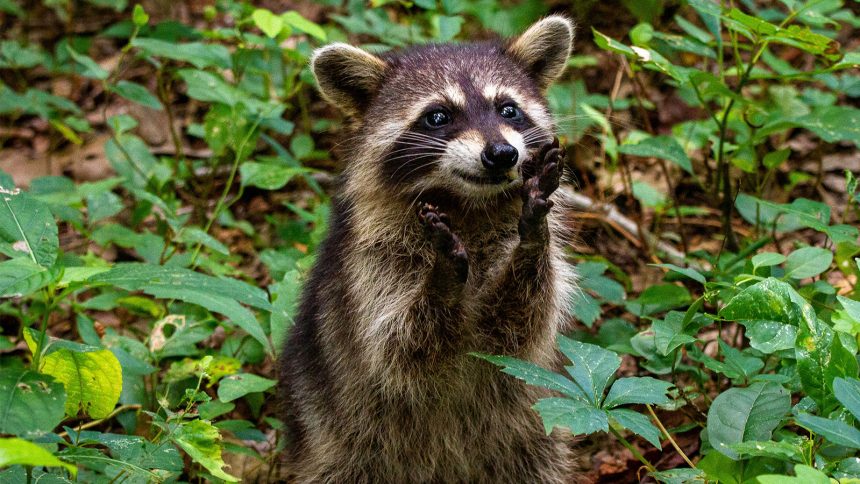If you watched Guardians of the Galaxy and wished you had a pet raccoon of your own, you might be in luck, as studies show the critters are showing early signs of domestication.
Raccoons are feisty, intelligent animals native to North America. They’re considered a wild species and aren’t suited for being pets… but that hasn’t stopped some folks from trying.
In fact, it’s not completely uncommon in rural America for some folks to have a ‘pet’ raccoon of sorts. A film was even made about a boy and his pet raccoon, Rascal, in 1969.
While they’re certainly adorable, friendly, and smart, it’s not recommended to keep one as a pet due to the possibility of injury, disease, and, of course, their penchant for getting into anything and everything not completely locked down.
That being said, it looks like these critters could be domesticated sooner rather than later.
A new study shows that raccoons are physically changing in response to their environment.
Scientists find raccoons are developing traits linked to domestication
A new study from the University of Arkansas at Little Rock’s Department of Biology found that raccoons are physically changing in response to their continued interactions with humans.
To start, we should explain that ‘tame’ animals tend to have specific physical traits, specifically shorter faces, floppy ears, smaller heads, and white patches on their fur. This is called ‘domestication syndrome,’ and the traits that arise from it are theorized to help animals survive in places with an increased human presence.
After looking through close to 20,000 photos of raccoons across the United States, researchers at the University of Arkansas at Little Rock found that raccoons living in urban areas, on average, had snouts that were 3.5 inches shorter than those living in the wilderness.
They aren’t the only animals exhibiting such traits, either; foxes and mice that live in urban areas also have shorter snouts.
 Unsplash.com: Gabriel Tovar
Unsplash.com: Gabriel TovarAs raccoons continue to live alongside humans, their physiology is changing to increase their chances of survival in urban areas.
According to biologist Adam Wilkins, this could indicate that “once wild animals start spending time in the proximity of people, they become a little bit less afraid and perhaps even start showing physical signs of domestication syndrome.”
In fact, foxes have already been undergoing domestication for decades. A research facility in Russia has been breeding foxes with the aim of domesticating them since the 1960s, and even sells them to help fund its research.
Be warned, though; these animals don’t make great pets, and are even illegal in some areas. While they certainly look cute, both foxes and raccoons can be quite destructive (not to mention smelly) and need lots of space and enrichment in their environments.













